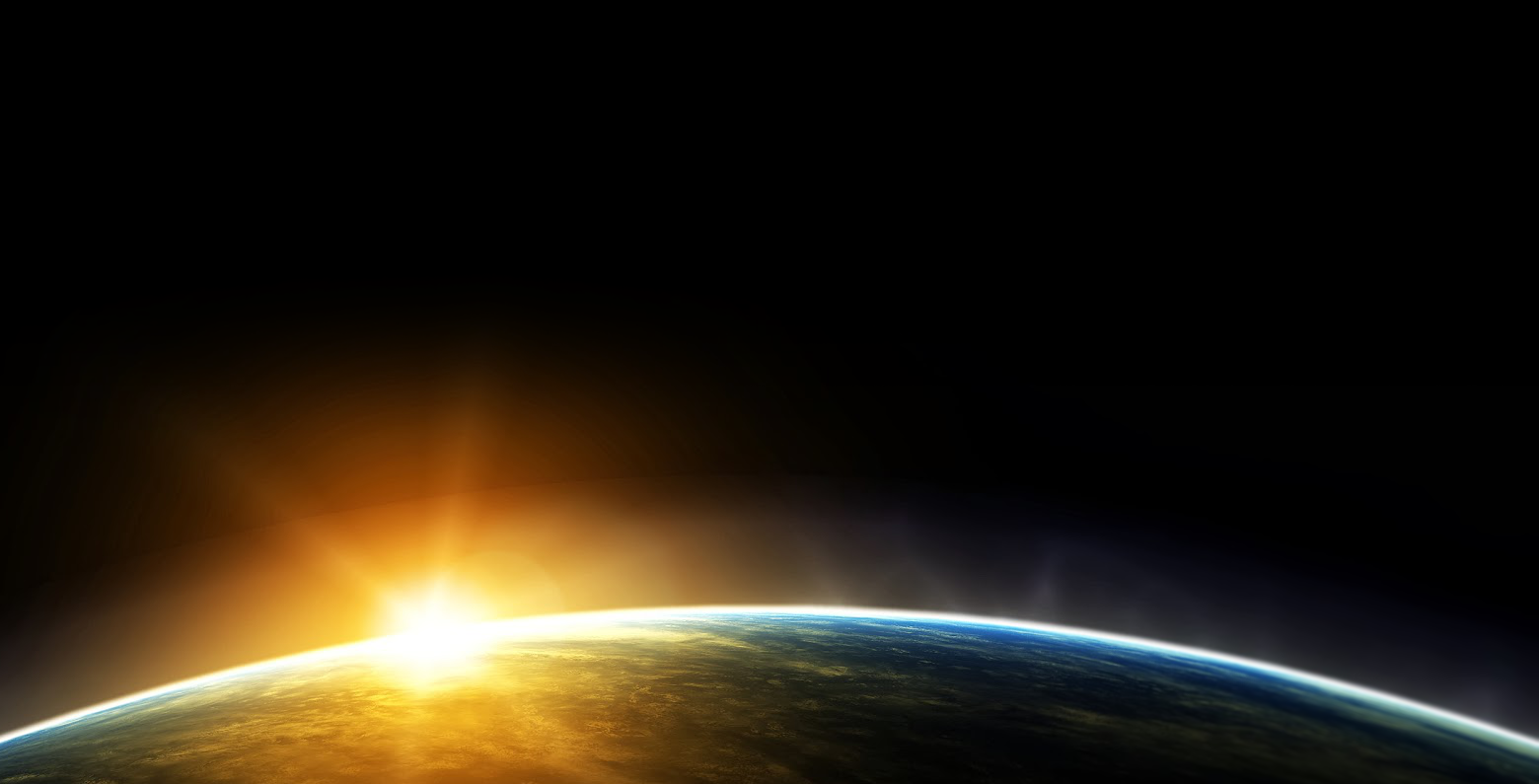Q’uo uses terms like conscious mind, subconscious, and unconscious in ways determined by the context. In general, I have come to the conclusion that the deeper we delve into ourselves and explore the higher densities of consciousness, we move beyond the confines of the conscious mind (which begins at the 2nd density level, corresponding to our physical brain) and gradually transition into the realms of the subconscious and unconscious.
To simplify, it appears to me as follows: If I were to read a session with Q’uo discussing the existence of the green-ray center, I would first engage my conscious mind to understand the concept. Next, to test the workings of my chakra, I would turn to my intuition, feeling the energy flow from my heart, thereby engaging with my subconscious, which works independently and shares with me what flows through the chakra.
At the level of the conscious mind, I might recognize the existence of the unconscious, but due to the veil, I cannot access it directly. Nevertheless, I might suspect that it has shaped my entire experience, prompting me to explore the Q’uo and experiment with my green ray center, eventually leading to a question of understanding of the unconscious itself. Guessing that unconscious had created the entire experience and was somewhere beyond the emotions/intuitions flowing from my heart (subconcious).
The veil exists between each level of density and is especially pronounced for us. The triad of lower “negative” centers is separated from the triad of “positive” higher centers. The Creator’s intention for the design of the 3rd density includes this separation, allowing individuals to act with complete freedom under the law of confusion, thus experiencing full separation from the Creator if chosen, without being aware of any intentions of the Creator.
Yes, all existence is based on paradoxes. When we attempt to create a functioning Multiplicity from the One, different, equally rational, and true elements must coexist within a certain consensus, inevitably leading to paradoxes. Ultimately, these paradoxes are resolved by returning to the One.
I accept and approve of this statement and the use of “law of confusion” in this context. However, in a broader context, it is worth mentioning that the law of confusion is the right to have a choice beyond the choice that the Creator represents Itself. This creates the effect of gradual calibrating our choices until they are increasingly based on love and finally coincide with the Creator’s choices until they meld completely with the Creator’s will. Until we achieve this, there will be much confusion because our choices are not in alignment with choosing the Creator, who is, by the way, our Highest Self.
The discovered paradoxes cause confusion because, for example, scientific theory A is correct within its assumptions and produces authentic results, and scientific theory B, contrary to the assumptions of theory A, paradoxically also produces results. This illustrates how different theories can produce valid results within their own frameworks, even if they are contradictory. Such confusion can lead to the decision to integrate the various results and theories into a unified meta-theory, which aligns with the Law of One philosophy.
This type of confusion is slightly different from the “law of confusion,” but both stem from the same source: the nature of the Creator and the design of creation, where everything flows out and connects back into the One.
![]()
